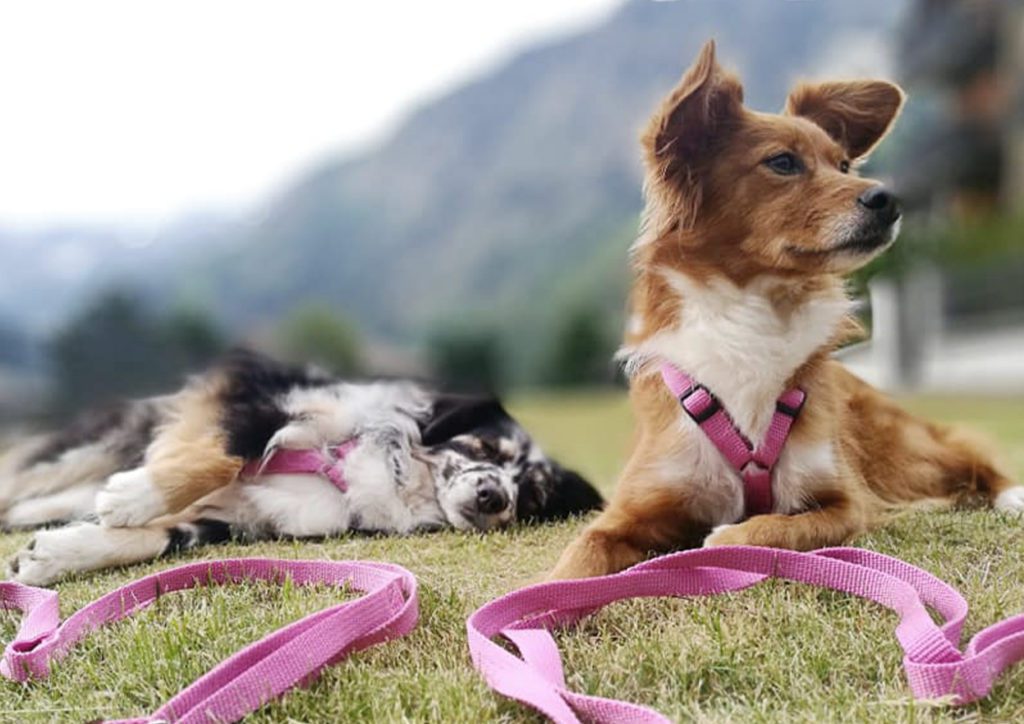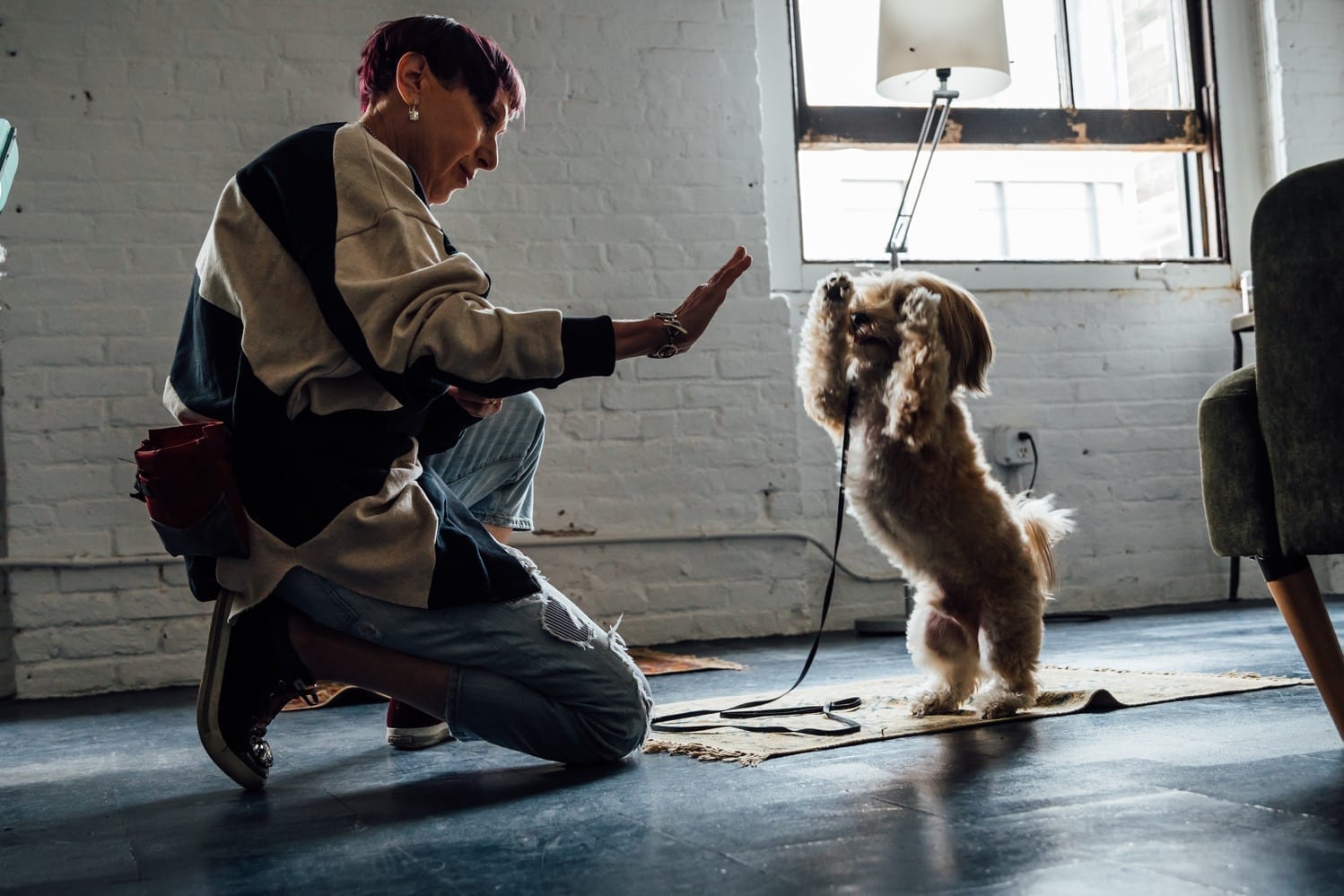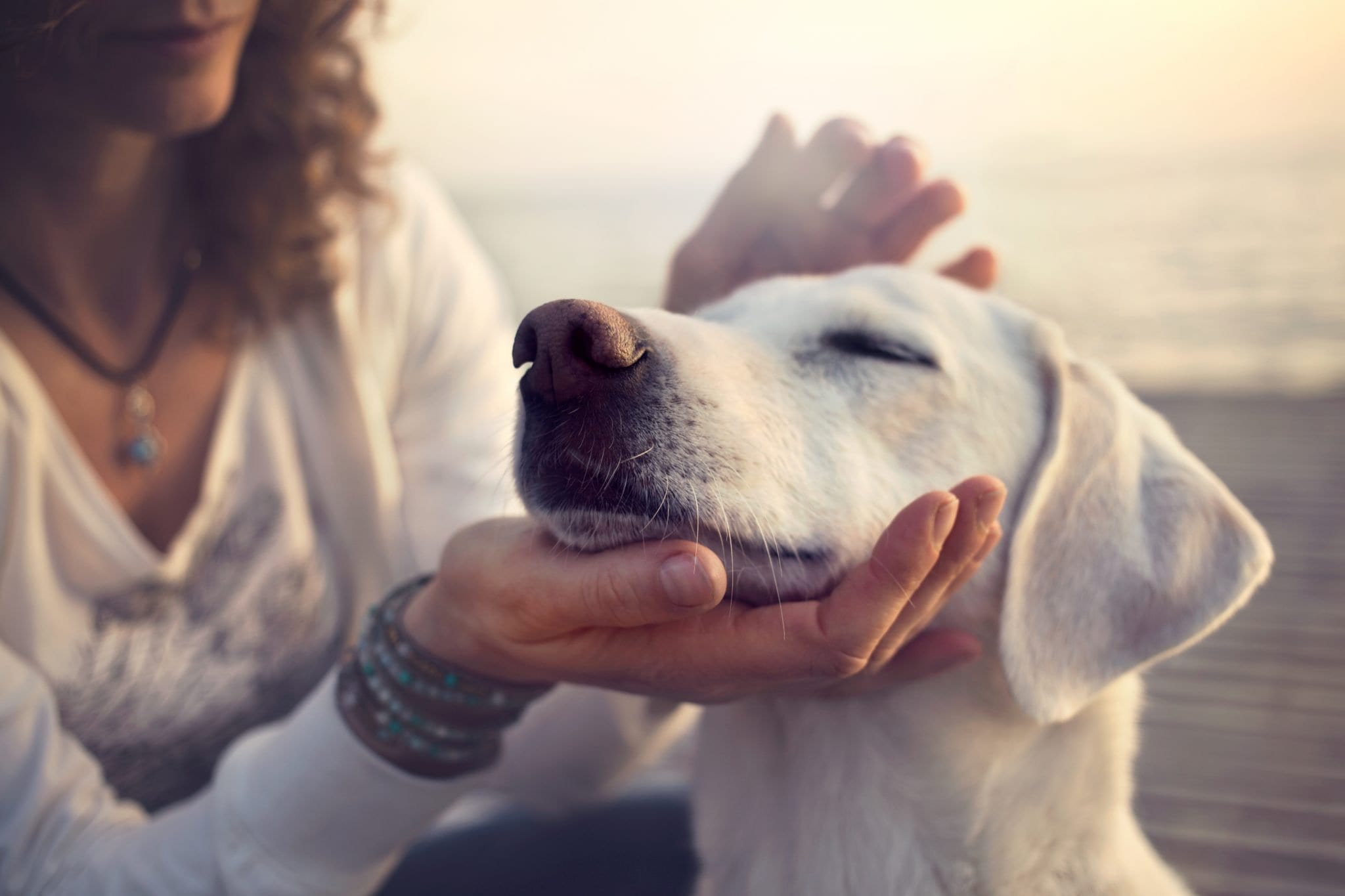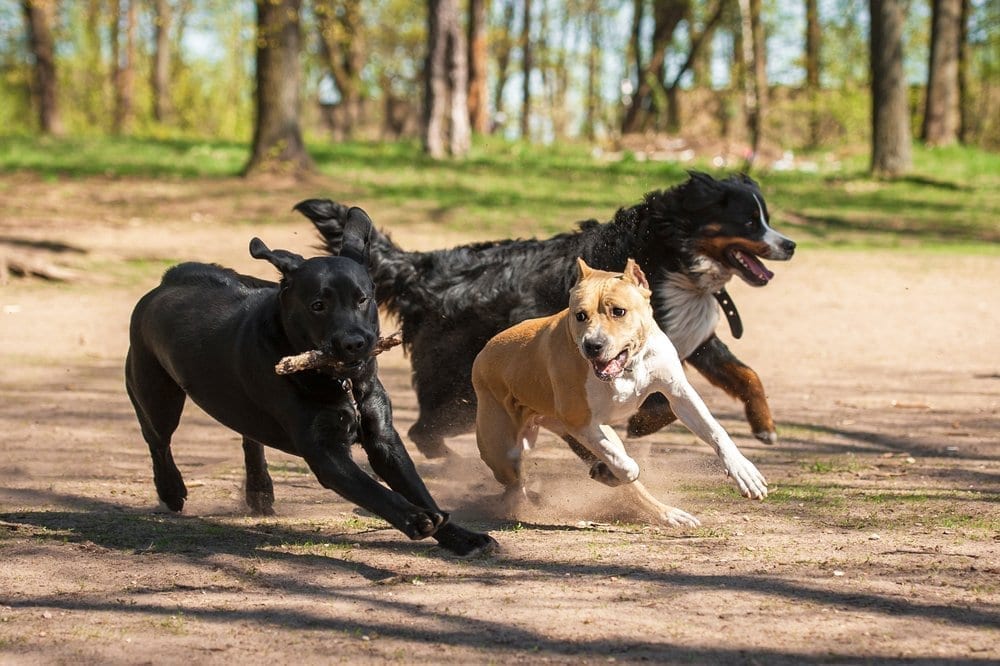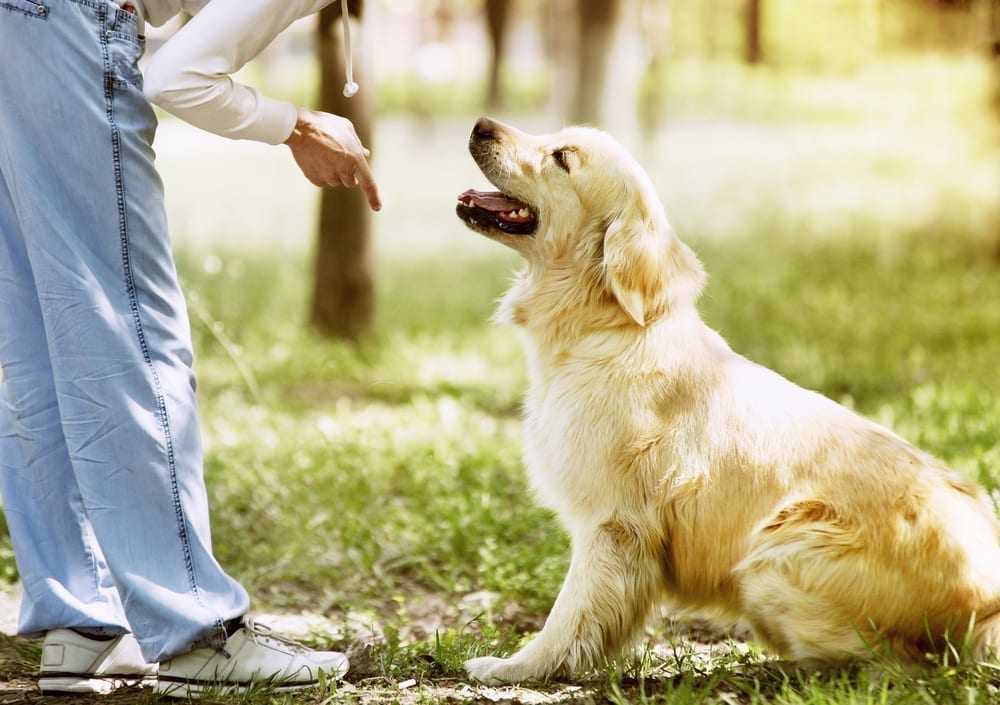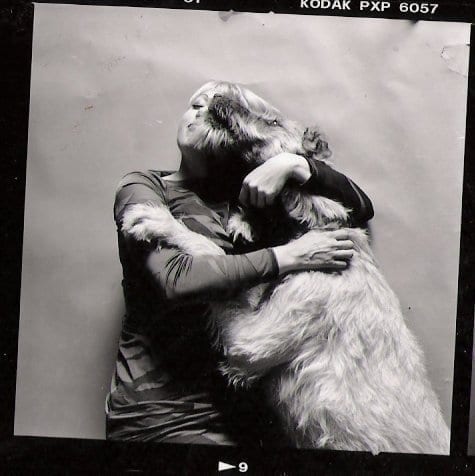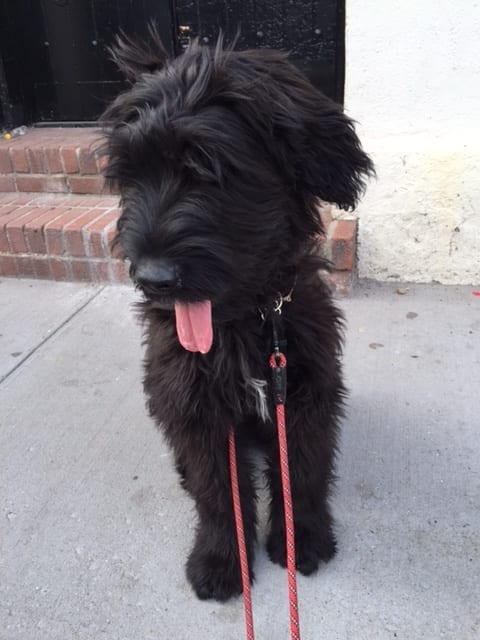When you ask your dog to sit, ask yourself: What do I actually want the dog to do when I ask for a “sit”?
I can see it: you are rolling your eyes already! What kind of a question is that?
But stop for a second and try and think about what your dog actually does when you ask for a sit:
Does the dog actually sit when you ask for it?
How often do you have to repeat the cue?
How long does the sit last?
I will tell you what I would like to see from the dog when I ask for a sit:
I would like an immediate response and I would like the dog to remain in “sit” until I release the dog from the sit position.
Simple, right?
How can you make that clear to the dog? How is the dog supposed to know that simply touching the ground with the butt and then jumping up again does not count as “sit”.
I would then ask you to look at yourself and check what part of the behavior you are rewarding. Many, many times the owner is so thrilled that the dog actually followed the cue that they hand over a treat , but the way they give the treat entices the dog to stand up again because of the way the treat is being presented.
Keep in mind that you are rewarding the exact behavior (position) the dog inhabits when you are feeding the treat.
So, if you are giving the reward as the dog is already standing up you are actually rewarding the dog for touching his behind to the ground and then getting up again. Do you see what I am getting at?
To avoid such misunderstandings you should make it clear that sit means: sit UNTIL I say something else. That can be “all done!” but it can be “down” or “come “or “roll over” or whatever else you would like the dog to do next.
That way your dog will also learn that every behavior has a duration component that is determined by the human.
Another great example that I see over and over: The dog sits nicely when he greets you. He should not jump up, right?
But as soon as the dog sits you reach down with your hand and invite, again inadvertently, the dog to jump up. Then you wonder why the dog jumps up AGAIN. That is because you are not reinforcing the sit but the jumping up. You are giving your dog what he wants when he is jumping and not when he is sitting.
Yes, it can be quite tricky but it is so much more fun when both parties know what works.




